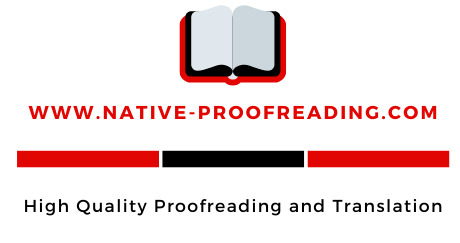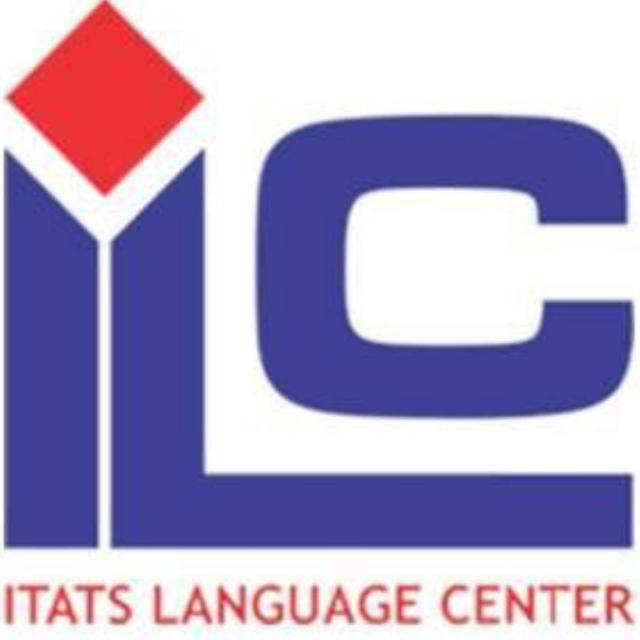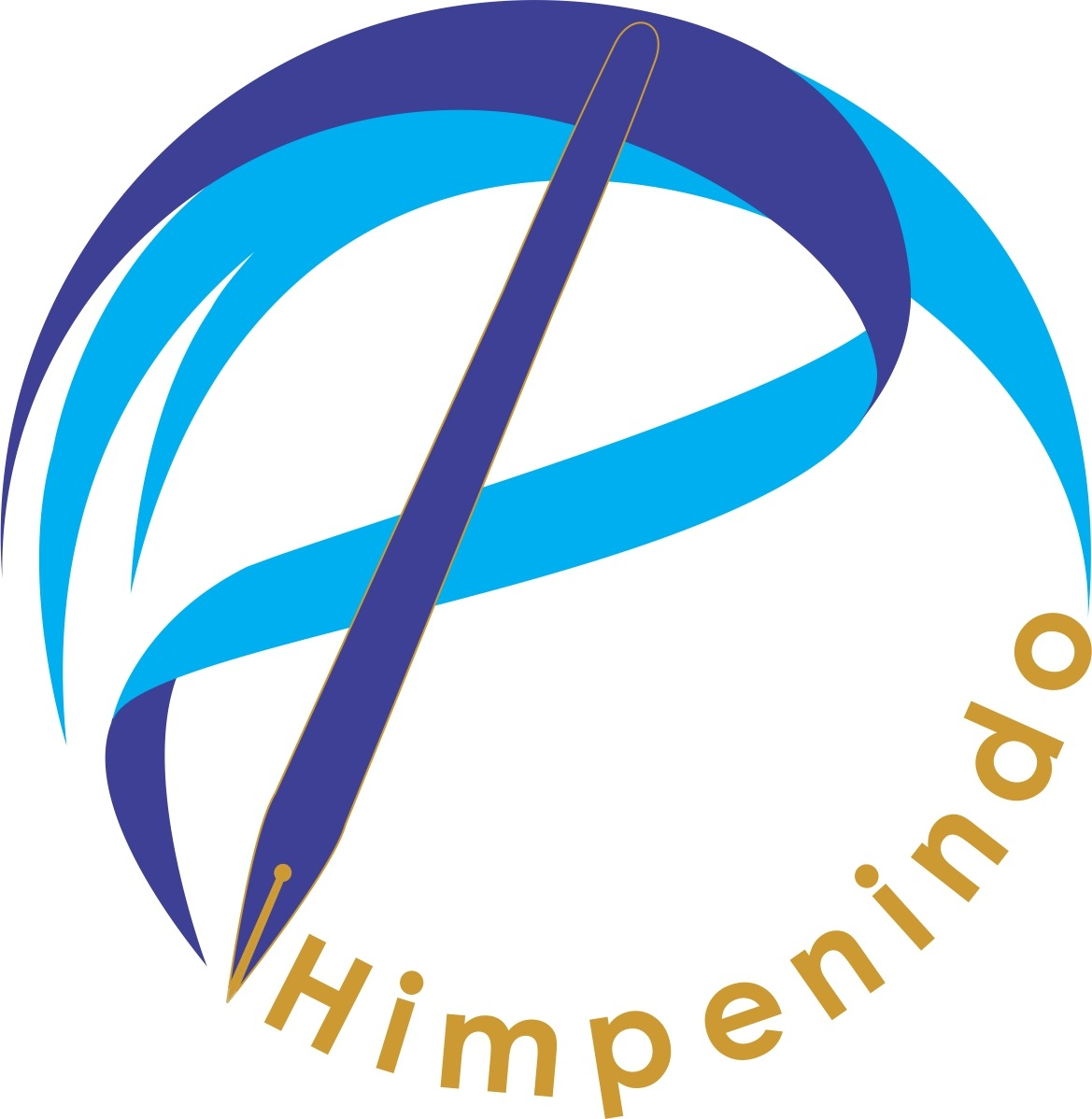Optimization of Fused Deposition Modeling (FDM) Machine Parameters for Carbon Fiber Tensile Strength Using the Taguchi Method
Abstract
3D printing using Fused Deposition Modeling (FDM) technology has emerged as a promising approach for manufacturing components with composite materials such as carbon fiber. This study aims to optimize the parameters of FDM machines for carbon fiber tensile strength using the Taguchi Method. The optimized FDM machine parameters include nozzle temperature, infill density, printing speed, layer thickness, infill pattern, and orientation. Experiments were conducted based on the Taguchi experimental design with an L27 Orthogonal Array (3^6) matrix, resulting in 27 experiments with different parameter combinations. After printing was completed, tensile tests were performed to measure the tensile strength of the printed samples. The results of the analysis using the Taguchi Method show the optimal settings of the FDM machine parameters to achieve maximum tensile strength for carbon fiber material. The analysis results show that the parameters that can optimize the tensile test response are nozzle temperature at level 2 (230°C), infill density at level 3 (80%), printing speed at level 3 (100 mm/s), layer thickness at level 3 (0.3 mm), infill pattern at level 1 (line), and orientation at level 3 (30°) with the highest tensile test value of 27.7766 MPa. This study provides an important contribution to the development of 3D printing techniques with carbon fiber, by identifying the optimal settings that can improve the mechanical performance of printed components. It is expected that the results of this study can be used as a practical guideline for the 3D printing industry in optimizing FDM machine parameters for printing carbon fiber-based composite materials.
Full Text:
PDFReferences
C. Grabowik, K. Kalinowski, G. Ćwikła, I. Paprocka, and P. Kogut, “Tensile tests of specimens made of selected group of the filament materials manufactured with FDM method,” MATEC Web Conf., vol. 112, pp. 1–6, 2017, doi: 10.1051/matecconf/201711204017.
M. Sharma, S. Gao, E. Mäder, H. Sharma, L. Y. Wei, and J. Bijwe, “Carbon fiber surfaces and composite interphases,” Compos. Sci. Technol., vol. 102, pp. 35–50, 2014, doi: 10.1016/j.compscitech.2014.07.005.
Ardiansyah, “Pengaruh Kekuatan Tarik Filamen Polylactic,” 2021.
L. Kothandaraman and N. K. Balasubramanian, “Optimization of the Printing Parameters to Improve the Surface Roughness in Fused Deposition Modeling,” E3S Web Conf., vol. 399, 2023, doi: 10.1051/e3sconf/202339903003.
K. Kumar and H. Singh, “Multi-Objective Optimization of Fused Deposition Modeling for Mechanical Properties of Biopolymer Parts Using the Grey-Taguchi Method,” Chinese J. Mech. Eng. (English Ed., vol. 36, no. 1, 2023, doi: 10.1186/s10033-023-00847-z.
N. K. Suniya and A. K. Verma, “A review on optimization of process parameters of fused deposition modeling,” Res. Eng. Struct. Mater., vol. 9, no. 2, pp. 631–659, 2023, doi: 10.17515/resm2022.520ma0909.
E. Vaglio et al., “Process parameters optimization in fused deposition modeling of polyether ether ketone,” Mater. Res. Proc., vol. 35, pp. 182–190, 2023, doi: 10.21741/9781644902714-22.
V. S. Jatti, M. S. Sapre, A. V. Jatti, N. K. Khedkar, and V. S. Jatti, “Mechanical Properties of 3D-Printed Components Using Fused Deposition Modeling: Optimization Using the Desirability Approach and Machine Learning Regressor,” Appl. Syst. Innov., vol. 5, no. 6, 2022, doi: 10.3390/asi5060112.
D. Lee and G. Y. Wu, “Parameters affecting the mechanical properties of three-dimensional (3D) printed carbon fiber-reinforced polylactide composites,” Polymers (Basel)., vol. 12, no. 11, pp. 1–11, 2020, doi: 10.3390/polym12112456.
B. D. Prihadianto, S. Darmo, D. A. Hasan, and D. N. Ananda, “Analisis Kekuatan Tarik dan Regangan Filamen Carbon Fiber Hasil 3D Print dengan Variasi Fill Density,” Infotekmesin, vol. 14, no. 2, pp. 390–396, 2023, doi: 10.35970/infotekmesin.v14i2.1936.
R. Hardness, “D785,” vol. 03, pp. 1–6.
N. A. Sristi, P. B. Zaman, and N. R. Dhar, “Multi-response optimization of hard turning parameters: a comparison between different hybrid Taguchi-based MCDM methods,” Int. J. Interact. Des. Manuf., vol. 16, no. 4, pp. 1779–1795, 2022, doi: 10.1007/s12008-022-00849-6.
D. Manivel and R. Gandhinathan, “Optimization of surface roughness and tool wear in hard turning of austempered ductile iron (grade 3) using Taguchi method,” Meas. J. Int. Meas. Confed., vol. 93, no. grade 3, pp. 108–116, 2016, doi: 10.1016/j.measurement.2016.06.055.
J. Yu et al., “A confidence interval-based process optimization method using second-order polynomial regression analysis,” Processes, vol. 8, no. 10, 2020, doi: 10.3390/PR8101206.
N. Krausch et al., “Monte Carlo Simulations for the Analysis of Non-linear Parameter Confidence Intervals in Optimal Experimental Design,” Front. Bioeng. Biotechnol., vol. 7, no. May, pp. 1–16, 2019, doi: 10.3389/fbioe.2019.00122.
DOI: https://doi.org/10.31284/j.jmesi.2024.v4i1.5987
Refbacks
- There are currently no refbacks.

This work is licensed under a Creative Commons Attribution-NonCommercial 4.0 International License.
Published by:
Mechanical Engineering Department - Institut Teknologi Adhi Tama Surabaya
Editorial Address
Journal of Mechanical Engineering, Science, and Innovation is licensed under CC BY-NC 4.0









